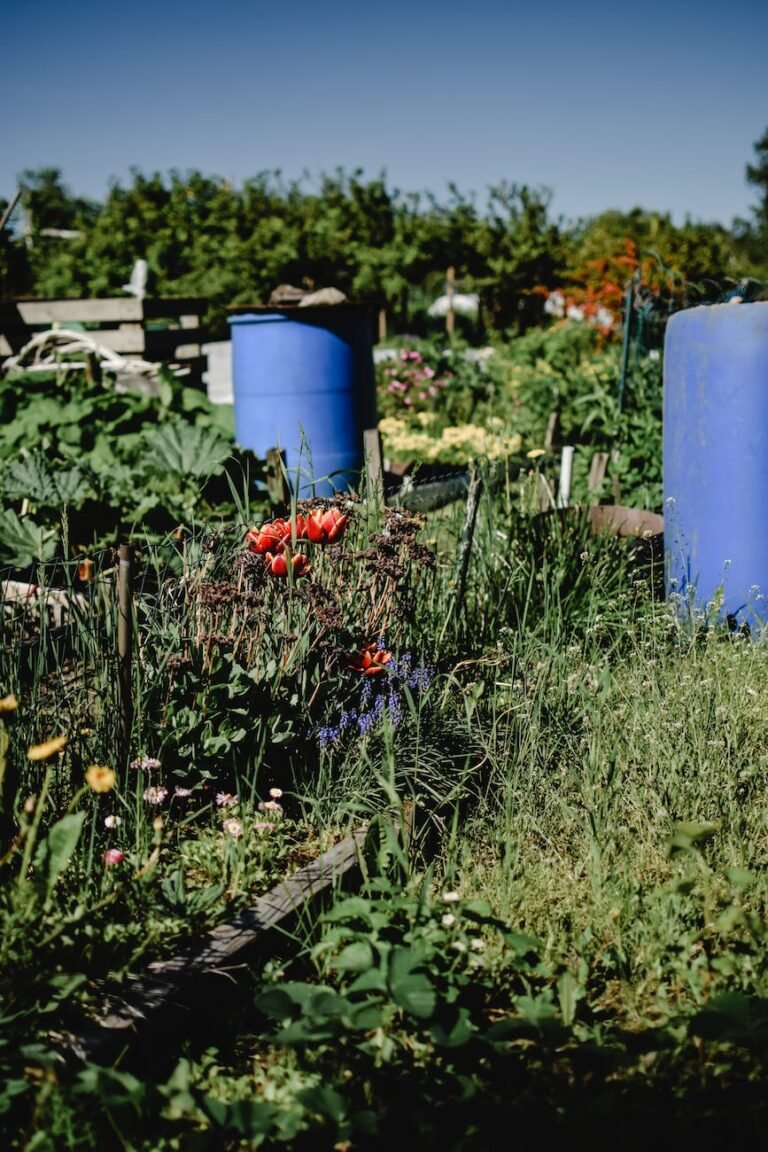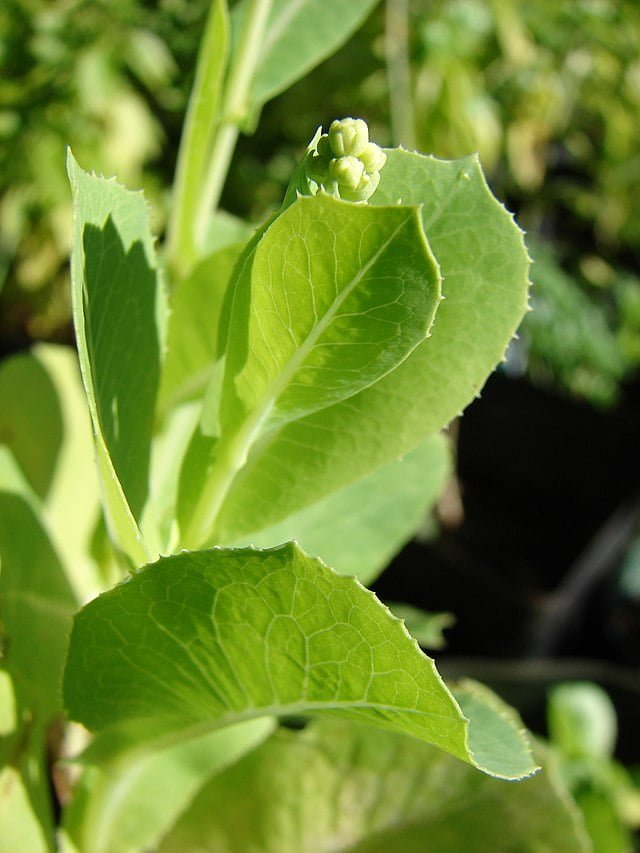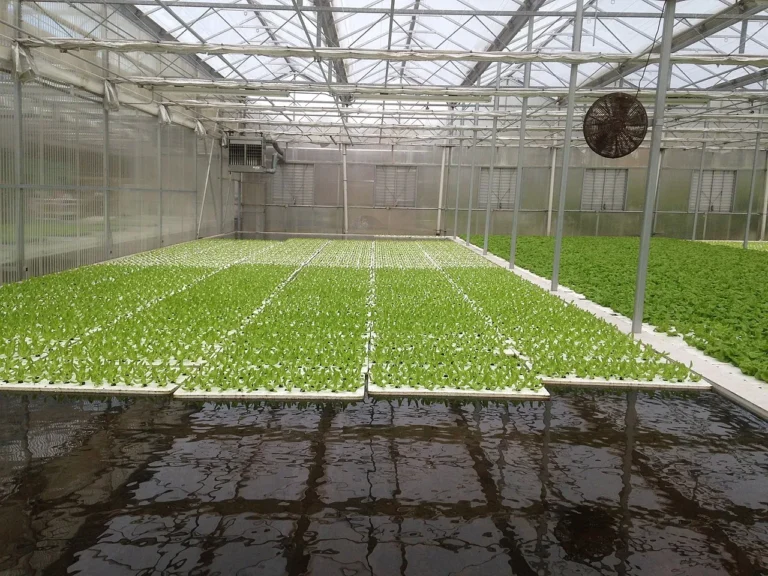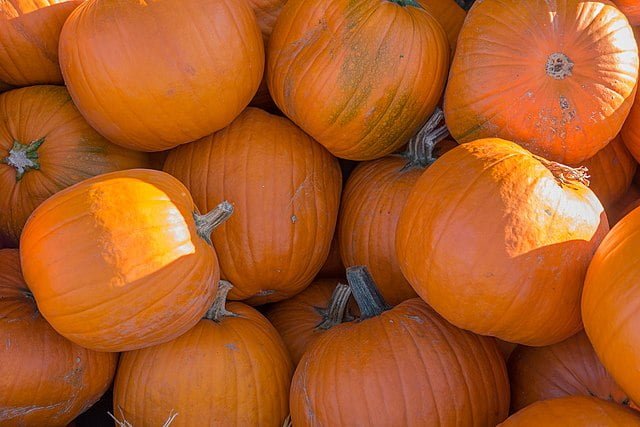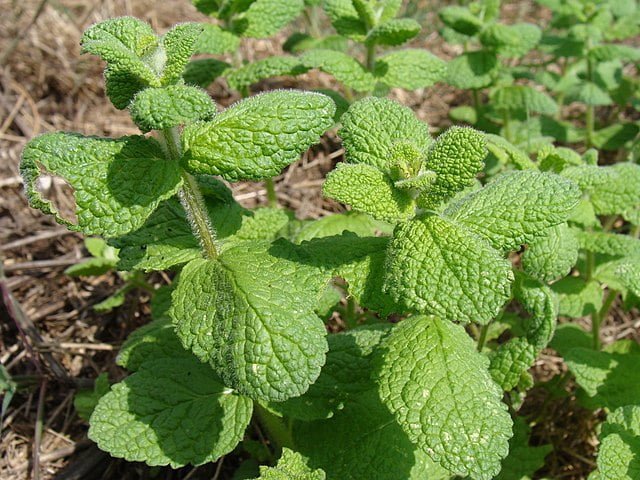Layering: A Natural Art of Plant Propagation
Introduction
Layering is a horticultural practice used to propagate plants by encouraging roots to form on a stem while it’s still attached to the parent plant. It’s a method that mimics nature’s way and has been practiced by gardeners for centuries. This article explores the art of layering, its various methods, and how to apply them in your garden.
Types of Layering
- Simple Layering: This involves bending a low-growing, flexible stem to the ground. The gardener then covers part of it with soil, leaving the remaining tip exposed.
- Air Layering: Used for woody plants, a section of the stem is stripped of bark, and moss is wrapped around it to encourage rooting.
- Serpentine Layering: This is used for long, flexible stems. The stem is alternately covered and exposed along its length.
- Tip Layering: The tip of a stem is buried, and as it grows downward, it will eventually form roots.
Benefits of Layering
- No Special Equipment Needed: Layering doesn’t require special tools or facilities.
- Maintains Genetic Integrity: The new plant is genetically identical to the parent.
- Low Risk: Since the stem remains attached to the parent plant, it continues to receive nourishment.
How to Layer Plants: A Step-by-Step Guide
- Choose the Right Plant: Not all plants are suitable for layering. Common choices include roses, forsythia, and rhododendron.
- Prepare the Stem: Select a healthy, flexible stem and prepare it according to the layering method you’re using.
- Secure and Monitor: Use stakes or weights to keep the stem in contact with the soil. Keep the area moist and monitor for root development.
- Separate and Plant: Once roots have formed, cut the stem from the parent plant and plant it in a suitable location.
Final Thoughts
Layering is a beautiful blend of art and science, a method that connects us with the natural rhythms of the plants we nurture. By understanding and applying different layering techniques, Canadian gardeners can expand their gardens and deepen their connection with the plant world.


